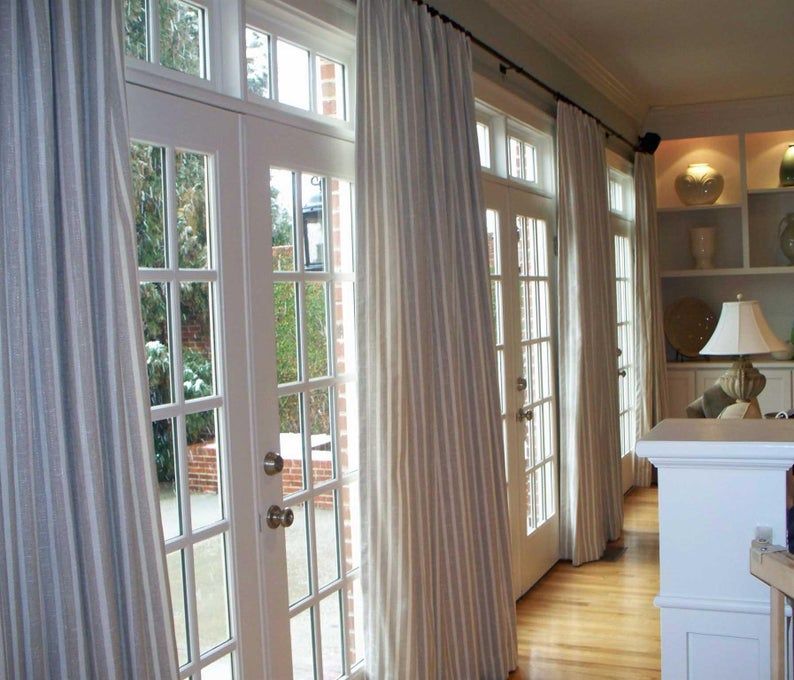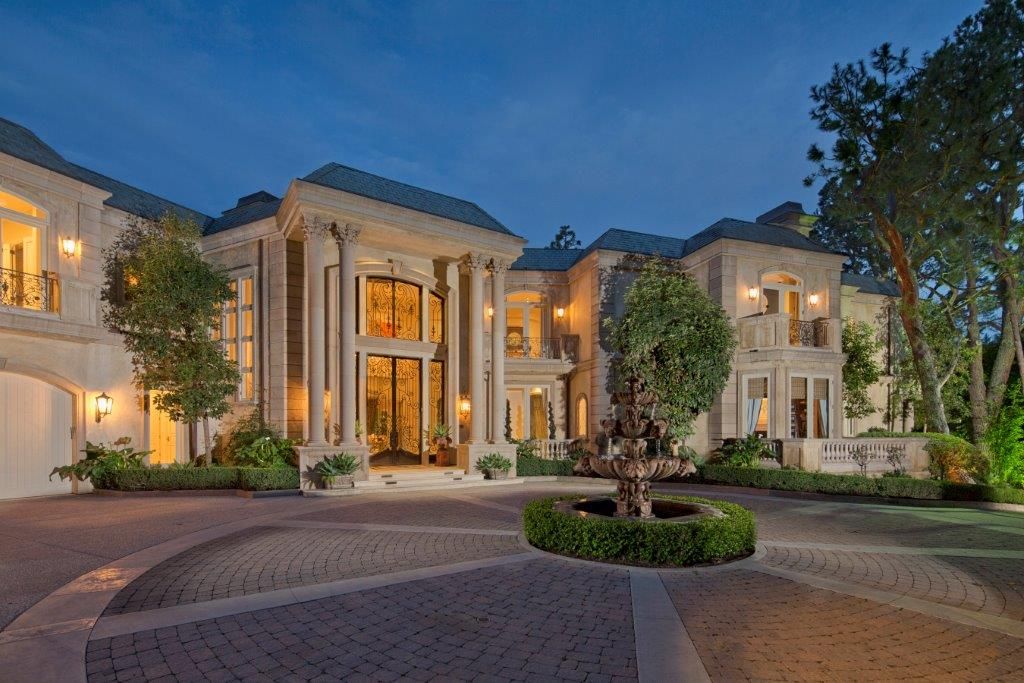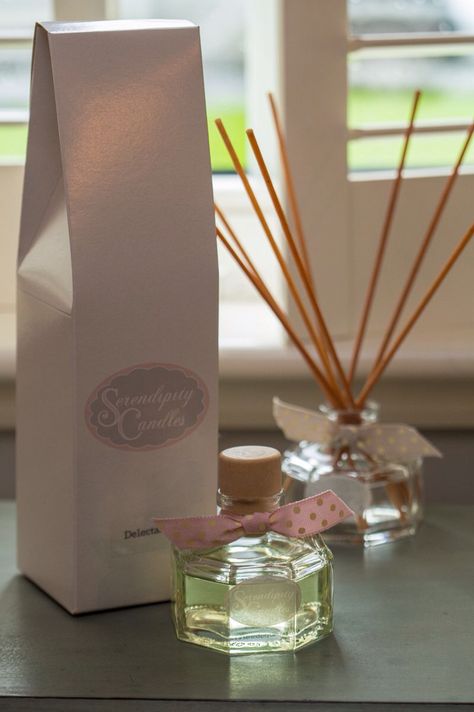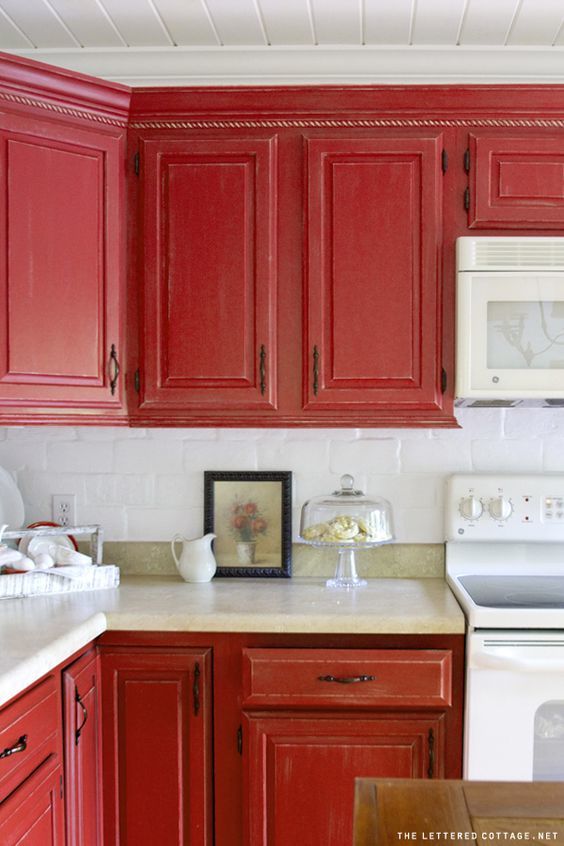Arts and crafts landscape
Designing an Arts & Crafts Garden
The garden at Dumbarton Oaks is renowned for its blend of naturalism and formal elements, such as this view from the terrace overloooking Crabapple Hill. (Photo: Dumbarton Oaks)
The Arts & Crafts movement left behind more than just the houses and decorative objects for which it is famous—it also bequeathed a rich legacy of gardens. While certain features (pergolas, arbors, beautiful flower borders) may come to mind when thinking of an Arts & Crafts garden, by and large, they elude definition. That’s because there are no hard and fast rules: Arts & Crafts gardens are an approach to design rather than a style. But what they lack in common shape, size, or location, these gardens make up for in individuality, regionalism, craftsmanship, and, most important, a harmonious relationship with the house.
As Arts & Crafts simplicity replaced complexity, and handmade items replaced machine-made, smaller country houses took the place of the vast Victorian estates that were typical of the mid-19th century. In Great Britain, where the movement began, these new houses were inspired by examples from earlier times. Scottish homes by leading Arts & Crafts architects Charles Rennie Mackintosh and Robert Lorimer were entirely different in character from those by their English contemporaries Edwin Lutyens and Baillie Scott. The one thing they shared, however, was a reverence for local building traditions and materials.
At Red House, William Morris’s first home and garden, the showy patterned plantings typical of Victorian gardens are eschewed in favor of ornamental fruit trees and climbing roses. (Photo: Judith B. Tankard)
The same considerations applied to the gardens adjoining these homes. Gardens took on a new meaning as an essential component of the house, rather than as a separate entity. William Morris sparked the underlying philosophy for garden design of the Arts & Crafts era. Although he certainly wasn’t a garden designer, his own garden reflected his home’s unique personality.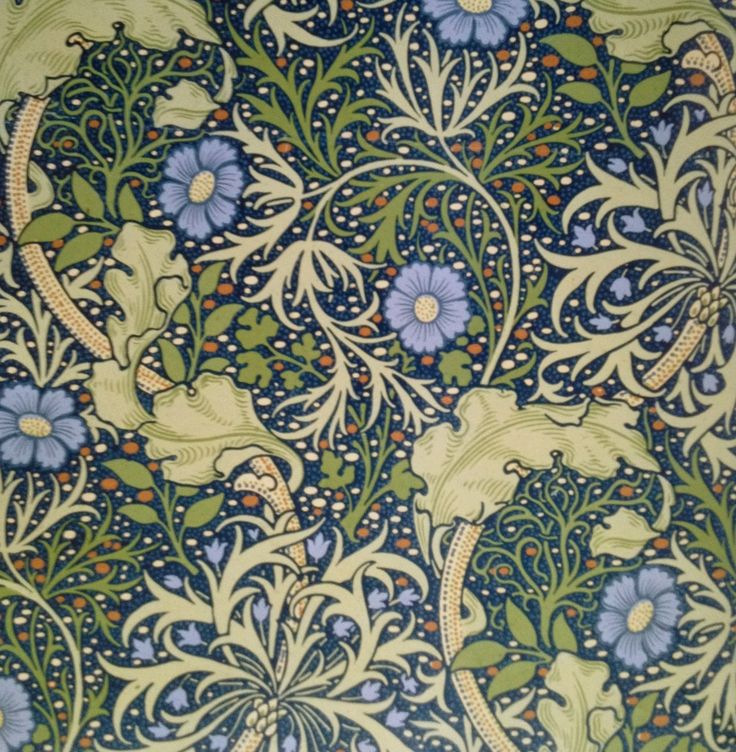 At Red House, his first home, built by Philip Webb in 1859, Morris created a medieval-inspired pleasure garden, filled with old fruit trees, climbing roses, and simple flower beds. This concept was a far cry from typical Victorian gardens overflowing with exotic foliage and vividly colored, pattern-planted annuals, ideas that Morris loathed. At Kelmscott, the ancient manor house near Oxford where he had some of his workshops, Morris created a romantic garden in the farmyard enclosure, surrounded by low stone walls and an ancient stone dovecote, and grew borders of hardy plants and herbs for his dyestuffs. Morris’s love of English flowers provided inspiration for his firm’s famous wallpapers, textiles, and tapestries rendered in delicate, harmonious colors.
At Red House, his first home, built by Philip Webb in 1859, Morris created a medieval-inspired pleasure garden, filled with old fruit trees, climbing roses, and simple flower beds. This concept was a far cry from typical Victorian gardens overflowing with exotic foliage and vividly colored, pattern-planted annuals, ideas that Morris loathed. At Kelmscott, the ancient manor house near Oxford where he had some of his workshops, Morris created a romantic garden in the farmyard enclosure, surrounded by low stone walls and an ancient stone dovecote, and grew borders of hardy plants and herbs for his dyestuffs. Morris’s love of English flowers provided inspiration for his firm’s famous wallpapers, textiles, and tapestries rendered in delicate, harmonious colors.
Beyond Morris, one of the most influential Arts & Crafts gardens in England is Gertrude Jekyll’s—no one did more to enlighten people about appropriate gardens for the Arts & Crafts houses that were being built in the early 1900s.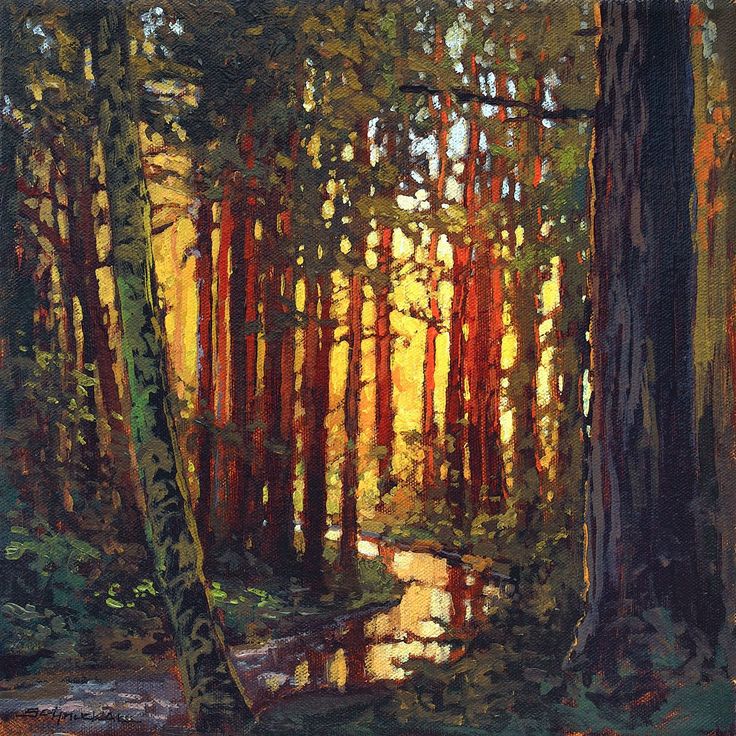 Jekyll’s books extolling the finer points of horticulture and design are still excellent resources for gardeners today. Her gardens at Munstead Wood, which represent the perfect expression of the symbiotic nature of house and garden, evolved over time rather than following a strict plan. Here, she designed a series of “garden rooms” that led from one area to another, each one with a distinct personality and providing a vista to the house. Most of these areas were for specific seasons—an April bulb garden, a June cottage garden, an autumn aster garden—but her greatest innovation was her artistic approach to combining plants for both color and texture.
Jekyll’s books extolling the finer points of horticulture and design are still excellent resources for gardeners today. Her gardens at Munstead Wood, which represent the perfect expression of the symbiotic nature of house and garden, evolved over time rather than following a strict plan. Here, she designed a series of “garden rooms” that led from one area to another, each one with a distinct personality and providing a vista to the house. Most of these areas were for specific seasons—an April bulb garden, a June cottage garden, an autumn aster garden—but her greatest innovation was her artistic approach to combining plants for both color and texture.
The garden at Hestercombe, which Gertrude Jekyll designed with architect Edwin Lutyens, is divided by water rills bordered with local stone. (Photo: Andrew Larson/Hestercombe)
Munstead Wood served as a prototype for gardens she designed in collaboration with Edwin Lutyens, one of the most famous of which is Hestercombe, which was built with local stone from Somerset to give it a rustic quality.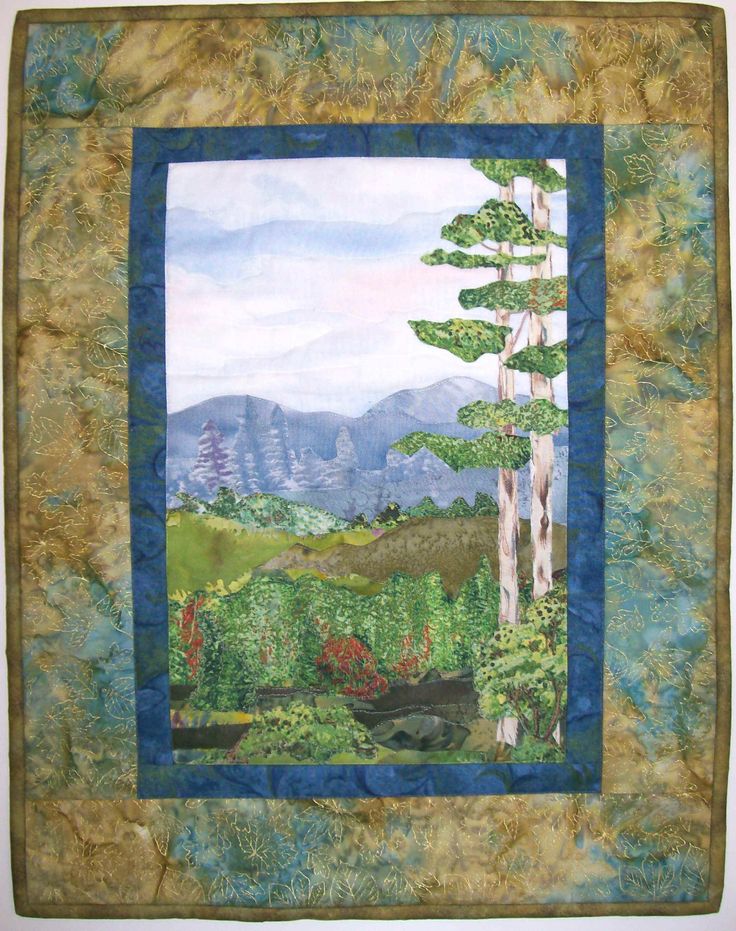 A long pergola framing a view over the valley encloses the garden on one side, with high stone walls on the other two. Jekyll draped the pergola with a variety of climbing roses and vines, while fragrant plants such as lavender bordered the stone path underneath. Delicately grouped plants and water features edged with paving accentuate the garden’s geometry.
A long pergola framing a view over the valley encloses the garden on one side, with high stone walls on the other two. Jekyll draped the pergola with a variety of climbing roses and vines, while fragrant plants such as lavender bordered the stone path underneath. Delicately grouped plants and water features edged with paving accentuate the garden’s geometry.
Naturalistic (or wild) gardens also enjoyed a heyday during the Arts & Crafts period. William Robinson, the prophet of wild gardening, was among the earliest to advocate the cultivation of hardy plants rather than bedding plants. His books, The Wild Garden and The English Flower Garden, influenced generations of home and professional gardeners alike, including Gertrude Jekyll. Gravetye Manor, his home in England (now a luxury hotel), was a proving ground for thousands of his favorite flowers, including hundreds of varieties of carnations, clematis, and roses. Vine-covered pergolas and arbors enclosed the formal gardens near the house, and thousands of bulbs and wildflowers bloomed in the surrounding meadows and woods.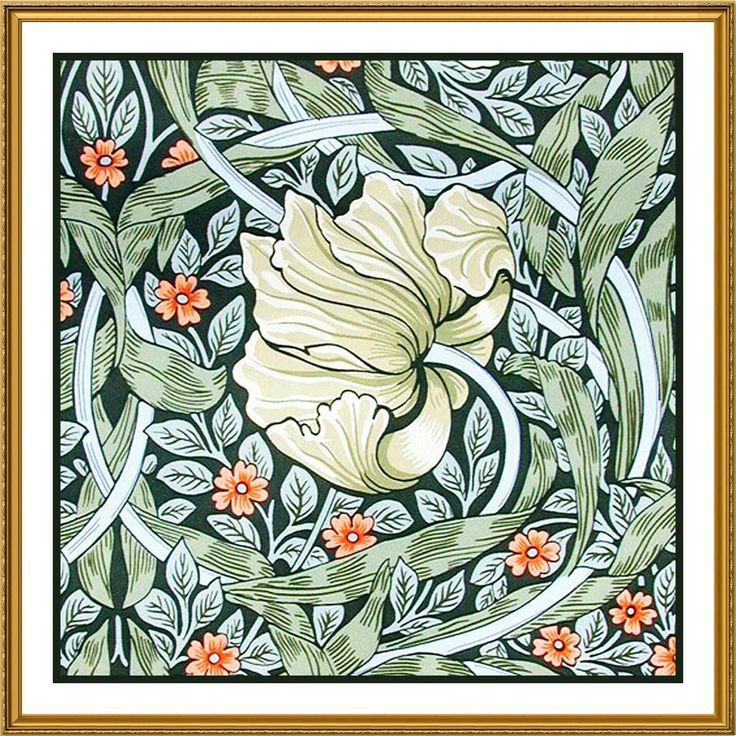 Robinson’s incorporation of both formal and informal areas was one of the lasting legacies of the Arts & Crafts garden.
Robinson’s incorporation of both formal and informal areas was one of the lasting legacies of the Arts & Crafts garden.
Coming to America
In America, the Arts & Crafts movement reflected the country’s melting pot of nationalities and its diverse geography. While it was mostly confined to the upper classes in Britain, the movement gained widespread appeal with the vast American middle class. Gustav Stickley influenced legions of American homeowners, and his advice often tallied with that of his British colleagues. “Let garden and house float together in one harmonious whole,” he advised in the pages of The Craftsman. He recommended the pergola as an ideal connection between house and the outdoors and especially useful for screening in tight suburban areas.
In a small private garden in Hampshire, Gertrude Jekyll created a wildflower border that embraces the theory of naturalism in Arts & Crafts garden design. (Photo: Judith B. Tankard)
Regional variations in American garden design take into account climate and cultural traditions.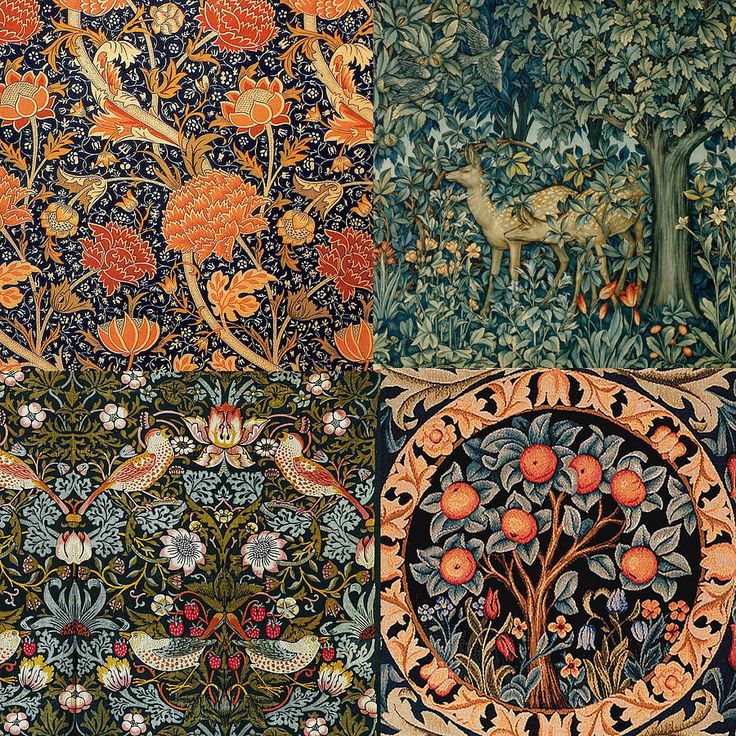 Along the East Coast, where the Colonial Revival dominated, romantic, old-fashioned flower gardens were especially popular. The Prairie School aesthetic prevailed in the Midwest, with the use of native plants in organic settings. Naturalistic gardens and informal materials also reigned in California, where outdoor living prevailed and the bungalow reigned as the ideal Arts & Crafts home. The Pacific Northwest, which is known for its wide variety of plants, segued into Japanese influence.
Along the East Coast, where the Colonial Revival dominated, romantic, old-fashioned flower gardens were especially popular. The Prairie School aesthetic prevailed in the Midwest, with the use of native plants in organic settings. Naturalistic gardens and informal materials also reigned in California, where outdoor living prevailed and the bungalow reigned as the ideal Arts & Crafts home. The Pacific Northwest, which is known for its wide variety of plants, segued into Japanese influence.
The emergence of the new profession of landscape architecture in America around 1900 also made a significant impact on garden design. In their individual ways, landscape architects incorporated Arts & Crafts elements and concepts, such as the intimacy of house and garden. At Dumbarton Oaks, a majestic garden in Washington, D.C., Beatrix Farrand skillfully combined both formal and naturalistic elements in a series of garden rooms near the house and sweeping Robinsonian-inspired wild gardens on the hilly perimeter of the estate.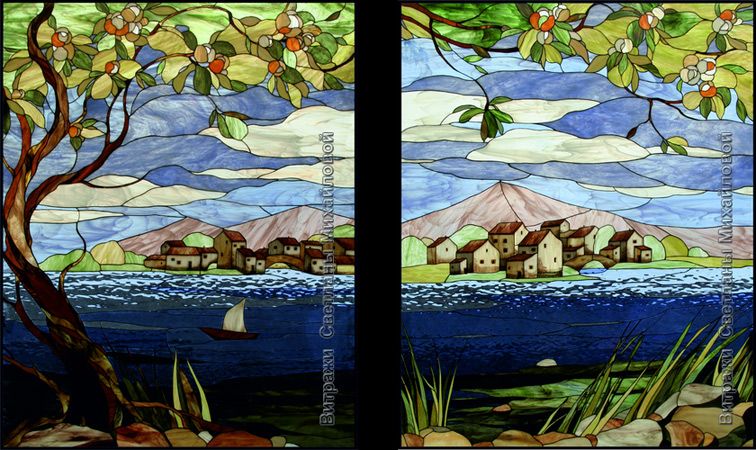 Ellen Shipman, who specialized in formal gardens for modestly sized homes, was an expert at linking house and garden together with a simple plan and effusive shrub and flower borders. She embellished her gardens with benches, small structures, and garden ornaments.
Ellen Shipman, who specialized in formal gardens for modestly sized homes, was an expert at linking house and garden together with a simple plan and effusive shrub and flower borders. She embellished her gardens with benches, small structures, and garden ornaments.
A diamond-patterned stone path leading from the home is the focal point of a Yorkshire garden. (Photo: Judith B. Tankard)
Creating an Arts & Crafts Garden
While the Arts & Crafts movement itself was short-lived, its influence on home and garden design has been long-lasting. There’s scarcely a garden in Britain or America that doesn’t owe something to the movement’s ideals. While the scale of most Arts & Crafts gardens is too big for contemporary homeowners, the basic concepts and detailing can be adapted easily to small properties. To make a garden following the movement’s principles, start by creating one that is appropriate for the style and size of the individual house. The scale and complexity of the garden should echo the house, and the choice of plants should be informed by sensitivity to color and texture. A judicious amount of well-placed ornamentation should complement rather than overshadow the garden. A garden that works for one house shouldn’t be uprooted to another area of the country—or even across the street. It is better to draw inspiration from other gardens and reinterpret it for your own conditions. It all boils down to making the best use of your site, linking the garden to the house, respecting regional traditions, and using local materials.
A judicious amount of well-placed ornamentation should complement rather than overshadow the garden. A garden that works for one house shouldn’t be uprooted to another area of the country—or even across the street. It is better to draw inspiration from other gardens and reinterpret it for your own conditions. It all boils down to making the best use of your site, linking the garden to the house, respecting regional traditions, and using local materials.
Depending on the area of the country, one of the best ways to begin a new garden is to create an enclosure with stone walls, dense hedging, nicely detailed trelliswork, a vine-covered pergola, or whatever works for the individual setting. The site also should dictate the selection of plants. Rocky outcrops in Maine call for a naturalistic treatment, whereas a Midwestern garden should acknowledge the region’s wealth of prairie plants. In California, choose plants that thrive in a year-round Mediterranean climate, whereas the Pacific Northwest is perfect for a rich palette of evergreens. Plantings should be selected with care so they harmonize with the house. To complete the look, consider a paved path, low shrub borders, a long arbor, or an ornamental feature placed on axis with the house to create a definite sense of connection between house and garden. Planters also provide a great effect in small gardens.
Plantings should be selected with care so they harmonize with the house. To complete the look, consider a paved path, low shrub borders, a long arbor, or an ornamental feature placed on axis with the house to create a definite sense of connection between house and garden. Planters also provide a great effect in small gardens.
In the end, it matters less what the individual plants and elements are, as long as they provide a visual connection with the house, and the garden as a whole is sympathetic with the surrounding environment.
Judith B. Tankard is a garden historian and teaches at the Landscape Institute of Harvard University. She is a preservation consultant and has written a number of books and articles about landscape history.
Web exclusives: See our suggestions for decor and plant species for your Arts & Crafts garden.
Tags: arts & crafts gardens Gertrude Jekyll Hestercombe Judith B. Tankard OHJ July/August 2008 Old-House Journal william morris
Arts and crafts garden design: 5 key elements for a backyard
(Image credit: Wightwick Manor & Gardens / National Trust Images/ Andrew Butler)
The key elements of Arts and Crafts garden design can still be used to inspire modern gardens today.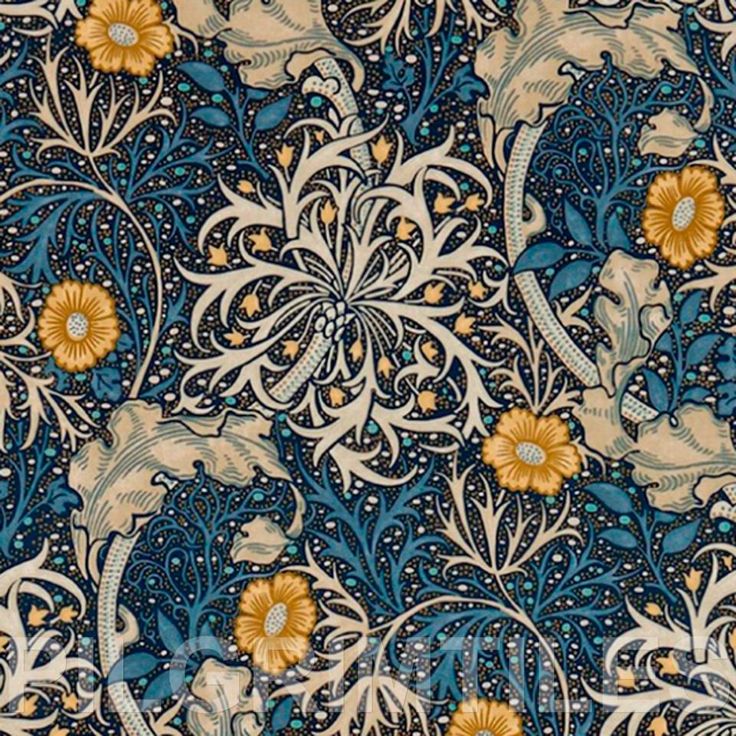
The late 19th century movement produced some of the most influential, world-renowned gardens, which continue to have an enormous influence on how we garden today.
Take inspiration from arts and craft garden designs and incorporate some of the hallmark features into the garden ideas for your modern backyard.
Here National Trust gardeners in the UK advise on some of the key elements to include if you are planning a garden with a traditional appeal.
(Image credit: Goddards / National Trust Images/ John Miller)
Arts and Crafts garden design is, of course, the perfect choice for anyone trying to authentically create a backyard to match their Arts and Crafts house style.
'Our contemporary gardening approaches – like gardening with an awareness of nature, and thinking of the garden as an additional living space – come from the Arts and Crafts period,' explains National Trust head gardener Rosie Fyles.
At the heart of the Arts and Crafts movement – as promoted by Morris & Co as far back as the 1860s – was a reaction against industrialization and mass production.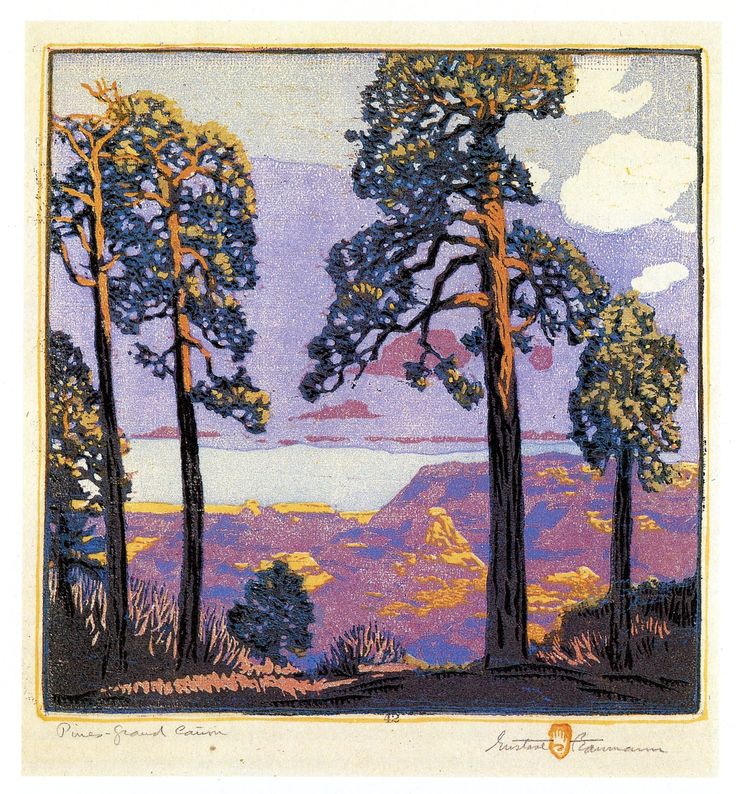 There was a desire to revive craftsmanship and restore simplicity and honesty to how buildings and furnishings were created. This extended to the Arts and Crafts garden – the most British of English garden ideas.
There was a desire to revive craftsmanship and restore simplicity and honesty to how buildings and furnishings were created. This extended to the Arts and Crafts garden – the most British of English garden ideas.
'Adapting the words of William Morris, have nothing in your garden that you do not know to be useful, or believe to be beautiful. The goals of valuing nature, simplicity and utility are achievable in any garden,' says Rosie.
1. See the garden as an extension of the house
(Image credit: Snowshill Manor & Garden/ National Trust Images/ James Dobson)
An Arts and Crafts garden is seen as an extension of the house and a space for outdoor living and leisure.
When we are using our barbecue outside, or include outdoor kitchen ideas close enough to the house for accessibility, we have the Arts and Crafts garden designers and gardeners to thank for the idea.
'The garden was seen as a place to socialize, a leisure space with venues, or garden rooms, to be enjoyed,’ explains Patrick Swan, National Trust gardens and parks advisor.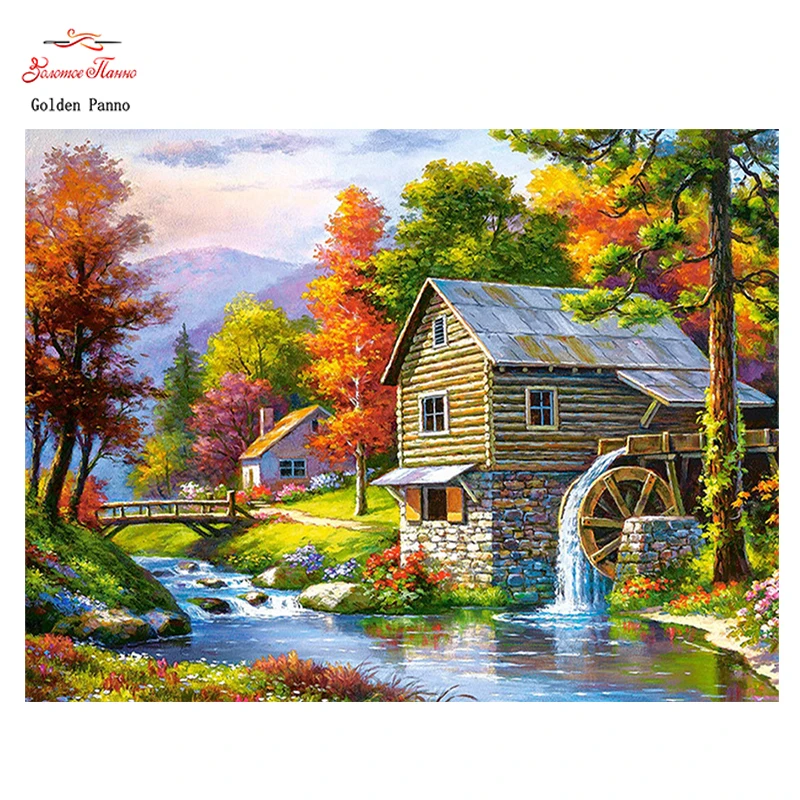
‘Garden-making became anchored around a more domestic type of garden, achievable in urban properties by the ordinary home owner,' adds Patrick.
Embrace this aspect of the Arts and Crafts garden design and incorporate patio ideas for relaxation, or areas for sports and leisure and separate it into outdoor "rooms".
'Think about visual connections through repetition from house to garden,' adds Rosie.
2. Use natural, hand crafted elements in the garden
(Image credit: Coleton Fishacre/ National Trust Images/ Carole Drake)
Arts and Crafts gardens incorporate the use of natural, often local materials and traditional craftsmanship, respecting regional traditions.
'The gardens were created with natural finishes, in harmony with the built environment so that you could sit in your garden and relax,' says Patrick.
To mimic this style use hand-crafted, natural elements – 'such as willow and hazel supports, or natural wood seating,' suggests Rosie Fyles.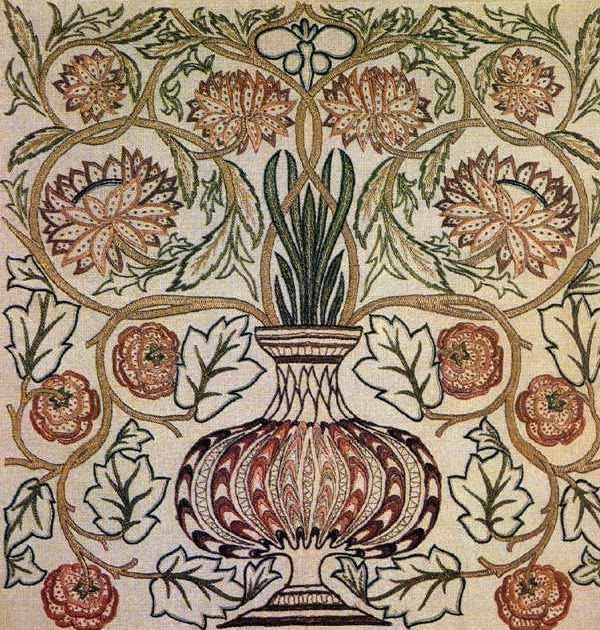
When planning backyard landscaping ideas, look to use local materials that complement and reflect the fabric of the house.
3. Draw on the landscape around
(Image credit: Snowshill Manor & Garden / National Trust Images/ Jonathan Buckley)
An Arts and Crafts garden will sit comfortably and harmoniously within the local natural environment.
'The house and garden work together. It’s as if the house has grown up in the garden, the house fits within the landscape, with the planting wrapping its arms around the characteristics of the house,' explains Patrick Swan.
When planning flower bed ideas, 'draw on the landscape around you where possible – linking color, texture and even cultivars of locally found wild plants,' says Rosie Fyles.
The whole garden should be sympathetic to the environment around it, with a natural beauty and aesthetic impact, always combined with functionality.
(Image credit: Lytes Cary / National Trust Images/ Ellen Rooney)
Arts and Crafts gardens have a strong architectural style. 'This is not just in terms of hard landscaping, but also in the use of clipped topiary, and shaped fast growing hedges,' explains Rosie Fyles.
'This is not just in terms of hard landscaping, but also in the use of clipped topiary, and shaped fast growing hedges,' explains Rosie Fyles.
Architectural elements that are incorporated include terraces, sometimes with steps and balustrades.
For instance the Arts and Crafts town garden of Goddards has three terraces. 'The closest to the house is planted most formally, then the planting becomes increasingly informal as you move away from the house. The low terrace has winding paths and a rock garden,' explains Rosie.
'So to create a modern Arts and Crafts garden, keep it simple, but ensure the garden has "good bones" – create interesting structure with hard landscaping, trees and shrubs,' she adds.
5. Plant abundant flower beds
(Image credit: Goddards / National Trust Images/ John Miller)
The ethos of the Arts and Crafts era was to fill beds with abundantly flowering cottage garden plants.
'These included romantic plants, such as rambling climbers, drifts of foxgloves, irises, roses, peonies, rosemary, lavender, nepeta and delphiniums.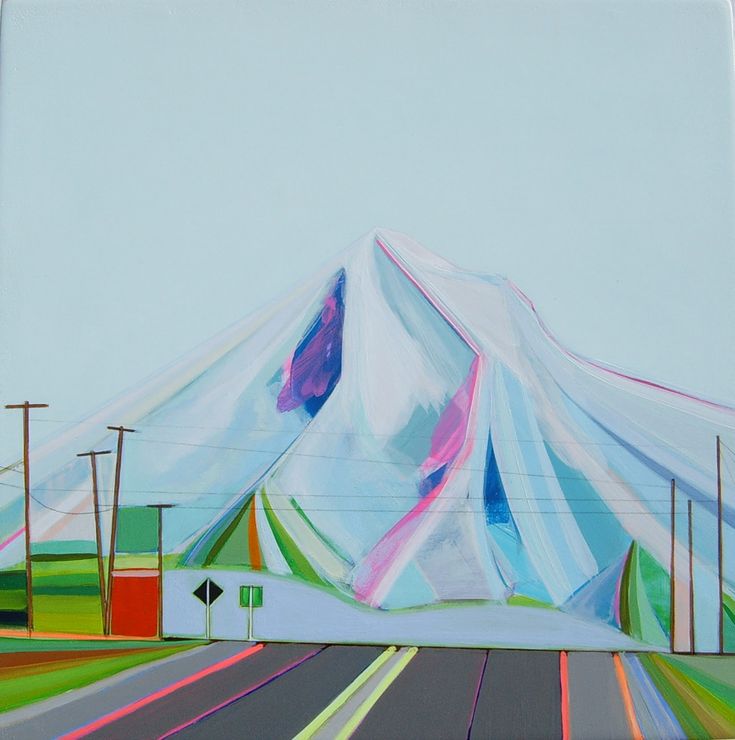 Herbaceous borders were planted in a naturalistic style and close-planted in color drifts,' explains Rosie.
Herbaceous borders were planted in a naturalistic style and close-planted in color drifts,' explains Rosie.
When choosing garden color schemes, the palette for planting would complement the building materials, helping the garden to sit comfortably and harmoniously with the house.
(Image credit: Coleton Fishacre / National Trust Images/ Robert Morris)
Many of the flowers chosen were the same as those that would be used in cottage garden styles of Victorian garden design. However, what sets apart the herbaceous borders of an arts and crafts garden is often the strong, geometric lines of beds, and the billowing flowers juxtaposed with hard landscaping.
'What I love about Arts and Crafts gardens is the attention to detail that goes into everything. The individual details are beautiful, but the sum of those parts together is food for the eyes and the soul,' says Rosie.
Rachel is senior content editor, and writes and commissions gardening content for homesandgardens.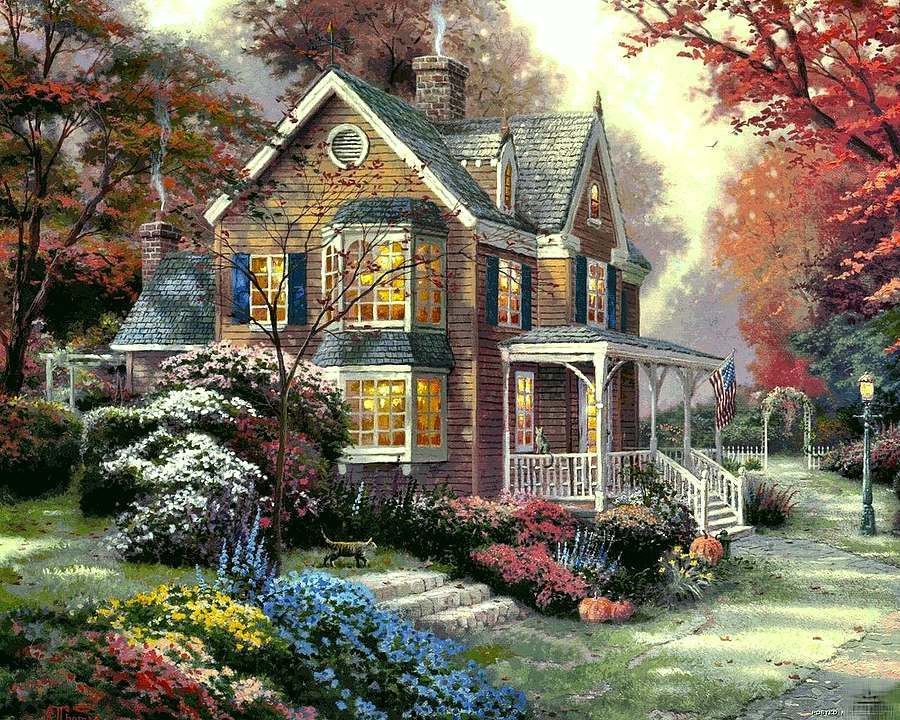 com, Homes & Gardens magazine, and its sister titles Period Living Magazine and Country Homes & Interiors. She has written for lifestyle magazines for many years, with a particular focus on gardening, historic houses and arts and crafts, but started out her journalism career in BBC radio, where she enjoyed reporting on and writing programme scripts for all manner of stories. Rachel then moved into regional lifestyle magazines, where the topics she wrote about, and people she interviewed, were as varied and eclectic as they were on radio. Always harboring a passion for homes and gardens, she jumped at the opportunity to work on The English Home and The English Garden magazines for a number of years, before joining the Period Living team, then the wider Homes & Gardens team, specializing in gardens.
com, Homes & Gardens magazine, and its sister titles Period Living Magazine and Country Homes & Interiors. She has written for lifestyle magazines for many years, with a particular focus on gardening, historic houses and arts and crafts, but started out her journalism career in BBC radio, where she enjoyed reporting on and writing programme scripts for all manner of stories. Rachel then moved into regional lifestyle magazines, where the topics she wrote about, and people she interviewed, were as varied and eclectic as they were on radio. Always harboring a passion for homes and gardens, she jumped at the opportunity to work on The English Home and The English Garden magazines for a number of years, before joining the Period Living team, then the wider Homes & Gardens team, specializing in gardens.
Master class. Topic: "Drawing a winter landscape" (decorative and applied art) | Outline of drawing classes (senior group):
Purpose:
- To develop artistic and aesthetic taste through works of fine art.
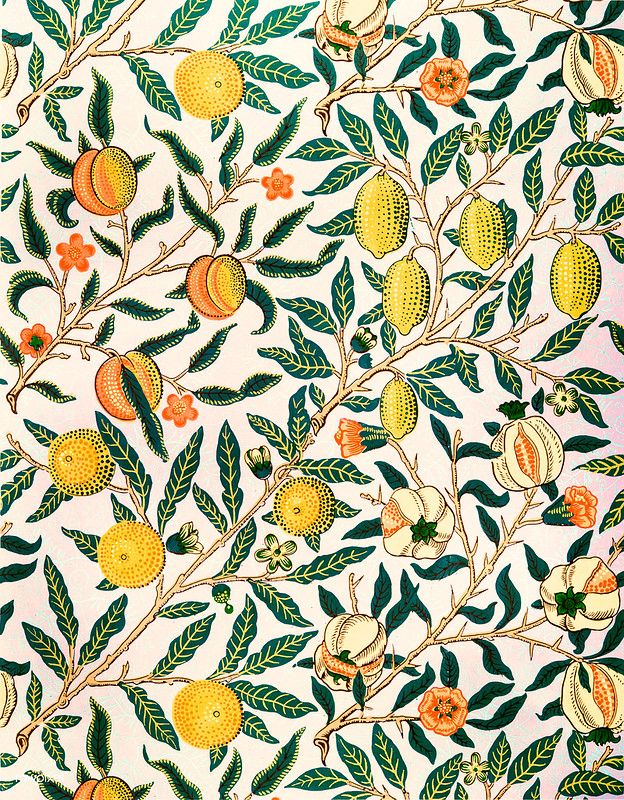
- Learn to draw a landscape of a winter forest from imagination, using the “wet” drawing technique (ala prima), taking into account the compositional solution of the plot.
The course of the master class
(Educators are sitting at the tables.)
“Even the enjoyment we get from nature is partly due to art; Let us look at nature with our own eyes, but artists have taught us to admire it.”
M.Ya. Friedländer (German art historian).
Dear colleagues! Today I will give you a master class, where I will show and tell you how I form an aesthetic attitude towards the world around children and teach you how to draw a winter landscape using the “ala-rim” (raw) drawing technique, or in other words, infusion paint to paint, taking into account compositional and spatial solutions.
- Outside the window is a magnificent February day and I am glad to see you today healthy, cheerful, in a good mood.
We are waiting for a lot of interesting things!
I wish you all success.
Listen to F. I. Tyutchev's poem "The forest is bewitched by the enchantress in winter." I read a poem on the screen, an image of a winter landscape (if possible, a video). The poet calls winter an enchantress. Indeed, now the most amazing, most magical and fabulous time of the year is winter.
The beauty of winter nature, namely the beauty of the winter landscape, is sung by poets, musicians and artists, and they convey it in different ways and means.
Poets create pictures of nature with words, these pictures we do not see, but we hear and imagine. In them, poets depict winter as a sorceress performing miracles. Please remember with what words, epithets, comparisons the poets sing of winter (variants of lines and poems).
(When we remember, we pass a picture of a winter landscape or a video through the screen.)
Such poems can be born only in those people who truly love their nature and admire it.
I am glad that you know many poetic works about winter.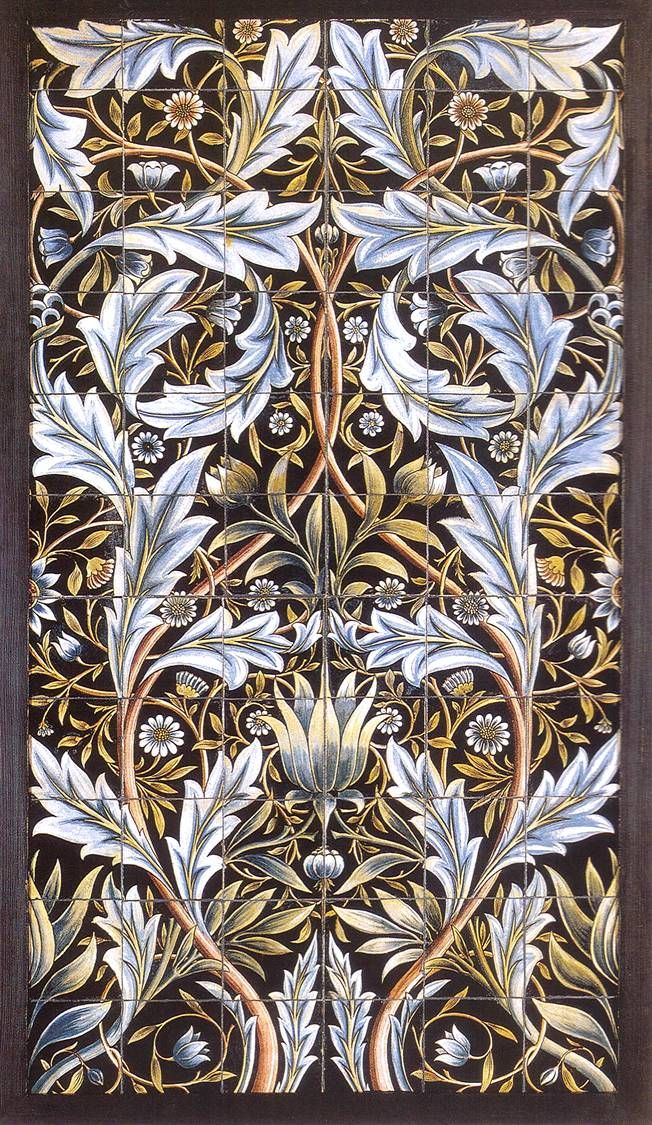
Composers depict the beauty of winter nature with the help of sounds. I suggest listening to the music of the Italian composer Antonio Vivaldi.
Artists paint pictures of nature on paper or canvas (skip several pictures or videos through the screen). They speak to us with color, stroke, line. Every real landscape painter, bringing his attitude to nature into the picture, kind of invites us to take a closer look at it, and we can say that they use colors, but "paint with feelings."
(Screen) Not what you think, nature:
Pictures Not a cast, not a soulless face -
She has a soul, she has freedom,
She has love, she has a language.
Or video.
Therefore, one must learn to see pictures, to understand their special language. Today I will introduce you to a reproduction of the painting by I.E. Grabar "February Blue" (screen).
Dear colleagues, take a close look at the picture of the artist I. E. Grabar "February Blue" and think about what it tells about (quiet music sounds for 30-40 seconds).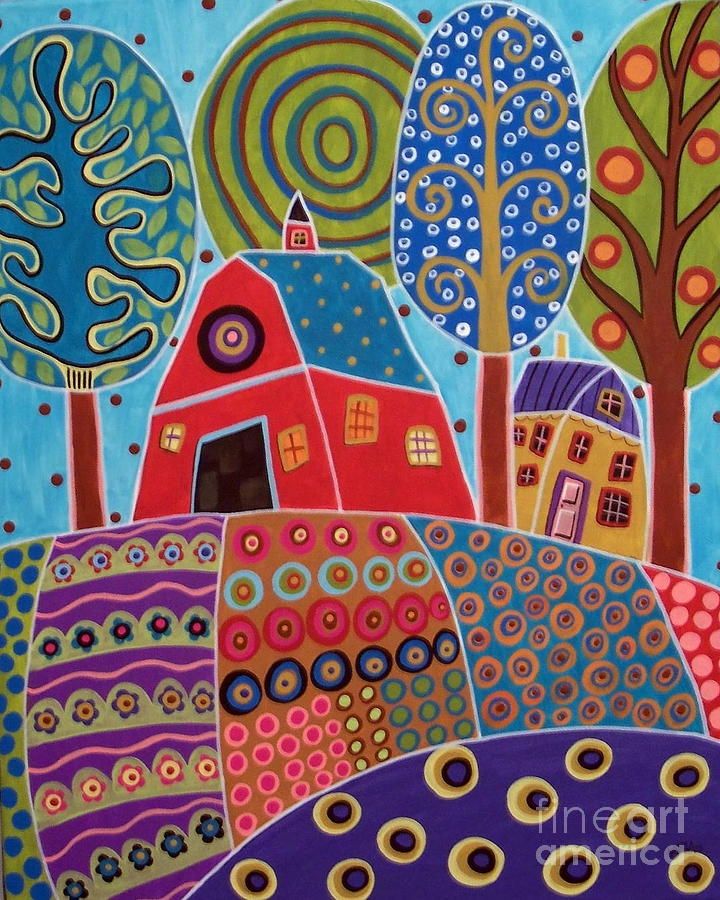
Questions:
- What time do you think the artist depicted?
- What is in the foreground?
- Look carefully and tell me what day is shown in the picture?
- What colors did the artist use to convey the color of a bright, sunny winter day?
- Tell me, please, what can be seen in the distance behind the birches?
- Imagine yourself in this forest and say: "What did you hear?"
- What do you like most about this picture?
- How does it make you feel?
- What would you call this painting?
The painting "February Blue" was painted by a wonderful artist Igor Emmanuilovich Grabar. She speaks of the artist's love for his native nature. Everything in the picture is pierced by the sun. How beautiful are the birch trees against the background of the bright February sky, the openwork of their branches. Birches are Igor Grabar's favorite motif. What could be more beautiful than birch, the only tree of its kind in nature.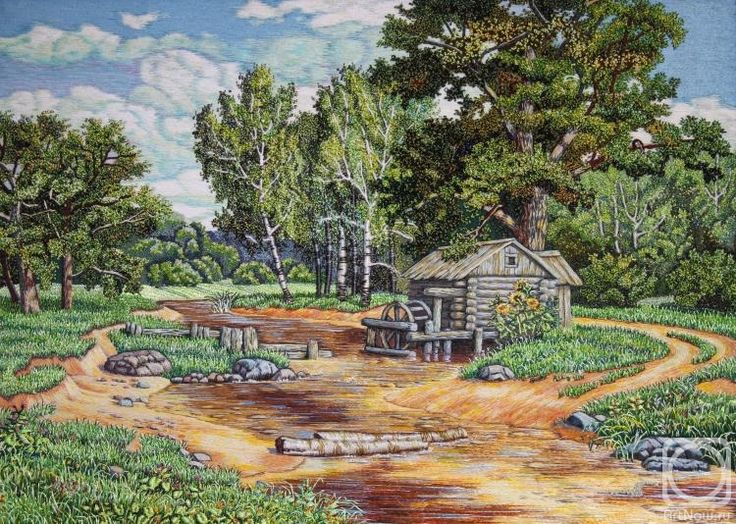 A fantastic tree, a fairy tale tree, the artist said about this with paints. Listen to how the artist created the canvas, he said: “On that extraordinary morning, nature celebrated some unprecedented holiday - the holiday of the azure sky, pearl birches, coral branches. I stood near a marvelous specimen of a birch. Looking at it, I dropped the folder and bent down to pick it up. But when I looked at the top of the birch from below, I was stunned by the fantastic beauty and echoing of all the colors of the rainbow, united by the blue enamel of the sky.
A fantastic tree, a fairy tale tree, the artist said about this with paints. Listen to how the artist created the canvas, he said: “On that extraordinary morning, nature celebrated some unprecedented holiday - the holiday of the azure sky, pearl birches, coral branches. I stood near a marvelous specimen of a birch. Looking at it, I dropped the folder and bent down to pick it up. But when I looked at the top of the birch from below, I was stunned by the fantastic beauty and echoing of all the colors of the rainbow, united by the blue enamel of the sky.
The artist dug a trench in the snow and, looking up at the birch tree like a crystal cascade, captured this miracle, sitting under a blue umbrella, which increased the intensity of the colors. The painting "February Blue" fascinates: you want to look at it and look at it. The winter landscape is beautiful!
Practical part of the master class.
Today you too will be landscape painters and paint your own winter landscapes.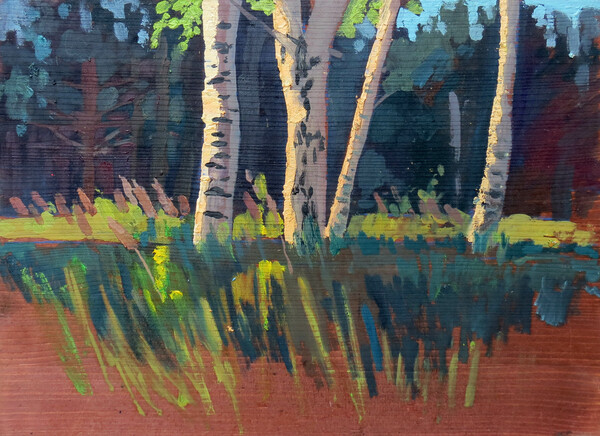 Let these be not ordinary landscapes, but landscapes of mood. You can convey the mood in painting using the “ala prima” technique. This means that we will paint with paints "wet".
Let these be not ordinary landscapes, but landscapes of mood. You can convey the mood in painting using the “ala prima” technique. This means that we will paint with paints "wet".
It is this technique, due to the fact that the colors quickly spread and perfectly connect with each other, that allows you to convey all the nuances of your mood or your children's.
So, we move on to the practical part. Landscape painting begins with the first stage - underpainting. Underpainting is the background for the landscape (heaven and earth). It is carried out using the method of contiguous colors.
Moisten a sheet of paper with foam rubber, then with a wide brush, apply paint to the sheet, starting from top to bottom, so that one paint smoothly flows into, connects to another. It must be remembered that the work must be done quickly, until the sheet is completely dry.
When drawing with this technique (in a wet way), we offer children two types of paint: watercolor and gouache.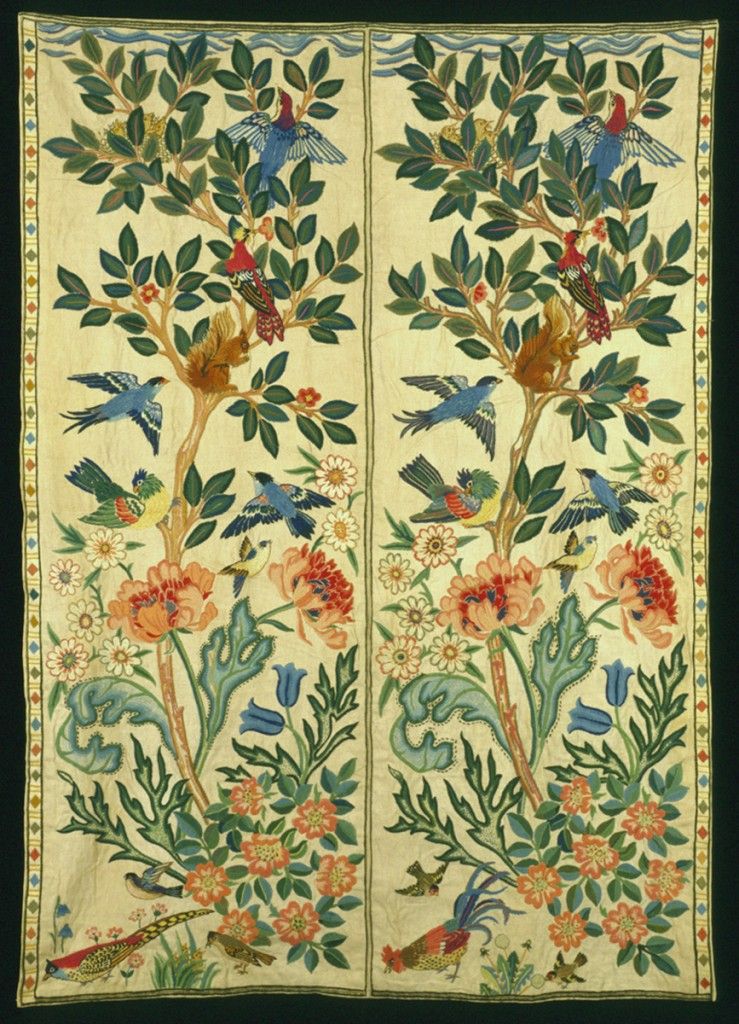 Watercolor is light and transparent, gouache must be diluted with water to a more liquid consistency, it is brighter, richer than watercolor.
Watercolor is light and transparent, gouache must be diluted with water to a more liquid consistency, it is brighter, richer than watercolor.
Then we lift the sheet vertically so that the excess glass paint is on the working surface of the table, if the paint still remains on the edge of the sheet, we remove it with a sponge.
Before proceeding to the next stage of work, the underpainting (background for the landscape) must dry.
In the meantime, I will introduce you to the concept of composition, because the next stage of work is a sketch of the plot of the landscape, and it is inextricably linked with the compositional construction.
Composition (Latin word) is “composition”, “composition”.
In this case, this is the composition (composition) of our landscape, the skillful placement of objects in the picture, for the expressiveness of the main idea.
(Working on a flannelgraph.)
(Game - manual "Compose a landscape")
In the foreground of any picture, objects are larger and larger.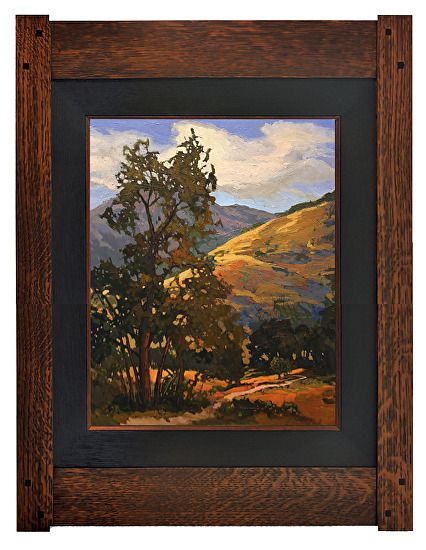 Accordingly, in the background - all objects are lower and smaller.
Accordingly, in the background - all objects are lower and smaller.
The underpainting has dried up, and we are moving on to the next stage - painting the landscape.
First, we mark the horizon line, the place where heaven and earth meet. To do this, with a simple pencil, we divide the sheet in half, drawing a horizontal line from one edge of the sheet to the other, from left to right, with an inseparable movement of the hand. Then we make a quick pencil sketch of the drawing. The "main characters" of the landscape are trees, bushes, hills, etc.
Pay attention to the tree silhouettes on the screen. In nature, trees come in different shapes, not only with straight static trunks, they can be inclined, they can be with forked trunks. If you draw trees of different shapes, the landscape will turn out to be more realistic. When portraying a birch, remember that its branches look like delicate, thin braids of a girl; it is not for nothing that she is a symbol of Russia.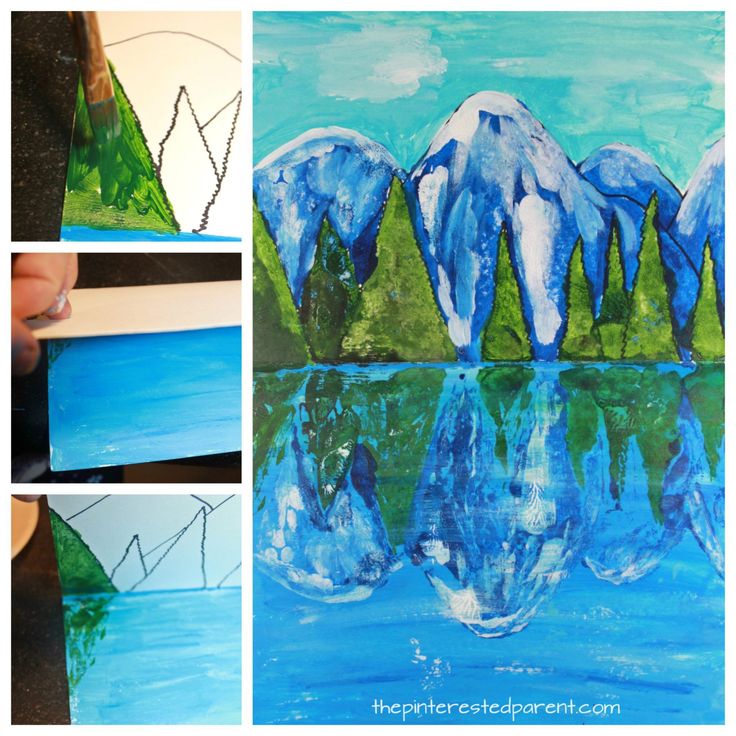 You can also depict tall old fir trees with heavy drooping branches or teenage fir trees, as if “leading a round dance”. Keep in mind the size of the trees standing close, their trunks start at the bottom edge of the leaf, and may not fit the tops of the trees.
You can also depict tall old fir trees with heavy drooping branches or teenage fir trees, as if “leading a round dance”. Keep in mind the size of the trees standing close, their trunks start at the bottom edge of the leaf, and may not fit the tops of the trees.
Sketch quickly and move on to paint. To do this, we need brushes of medium thickness with a pointed pile.
The final stage of work is the drawing of small details. Now our task is to work with a thin brush, drawing all the necessary details: the trunk, branches of bushes and trees, small reed or grass stems.
The main thing is to make a clear drawing in the foreground, and in the far distance, to make only a slight hint, i.e. take lighter and colder (bluish) colors.
And, now, if you wish, you can depict snow, either quietly falling, as in I. Surikov’s poem “White fluffy snow quietly falls, lays down” or a blizzard, a snowstorm, as in S. Yesenin’s poem “A snowstorm spreads like a silk carpet” , and maybe someone will not fall snow.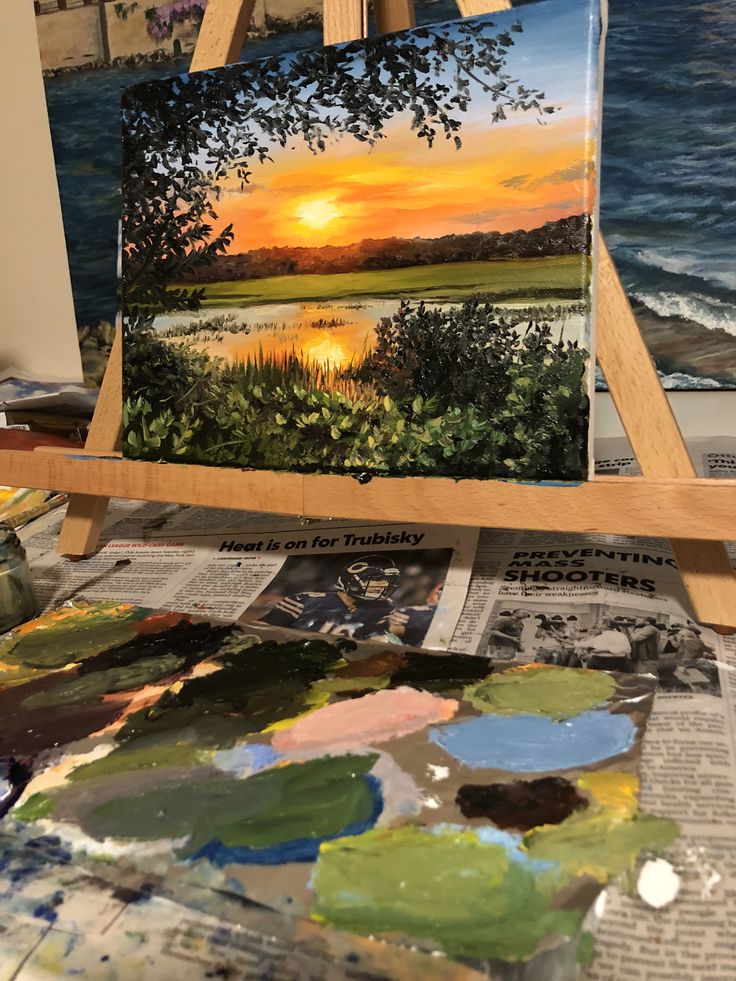 We depict snow using the "spray" technique, using a toothbrush.
We depict snow using the "spray" technique, using a toothbrush.
Landscape painting completed.
Conclusion: What did I teach you at my master class? What methods and techniques did you like the most, remember, what are their advantages? (Statement of educators.)
Outcome: The theme of the master class "Introducing children to art" was integrated in the following directions:
- Artistic and aesthetic (through the areas: artistic creativity and music).
- Cognitive-speech (through the area: reading fiction).
Arts and crafts Theme: "Urban landscape in pointillism technique". | Plan-summary of the lesson (grade 6):
State budgetary educational institution
secondary school No. 325
Frunze district of St. Petersburg
Summary of DPI
Topic: “City landscape in Pointerism technique”
Compiled by
GBOU School No. 325
LEAS Elena Petrovna
Saint-Petersburg
2018
CONSPECT PLAN
Topic: “Urban landscape in the technique of pointillism”
Purpose of the lesson: To form an idea of the direction in French painting - pointillism.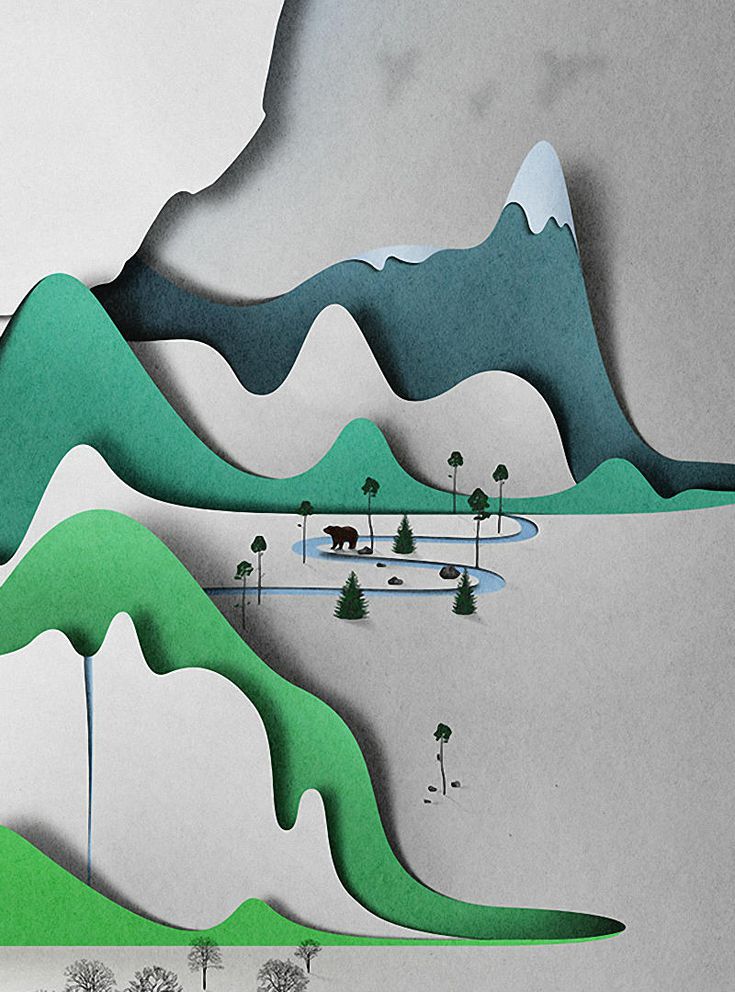 In the image of the urban landscape.
In the image of the urban landscape.
Type of lesson: explanations of new material and consolidation of knowledge.
Type of class: combined, using ICT.
Form: The lesson uses individual, pair and group work, student reports.
Topic: “City landscape in the technique of pointerism”
Tasks: Educational:
- To introduce students to art techniques (directions) in painting: “Poantilism”, repeating the topic: “Impressionism”;
- To teach children how to use the pointillism drawing technique.
Developing:
- Development of logical thinking: attention, memory;
- Development of creative abilities;
- To teach to understand the beauty of the surrounding reality;
- Develop a sense of beauty in students;
- Broaden one's horizons;
Educational:
- formation of educational activity through cognitive interest;
- respond emotionally to various trends in art
- Planned achievements:
Subject:
The student will learn to recognize and perceive the masterpieces of the masters of impressionism.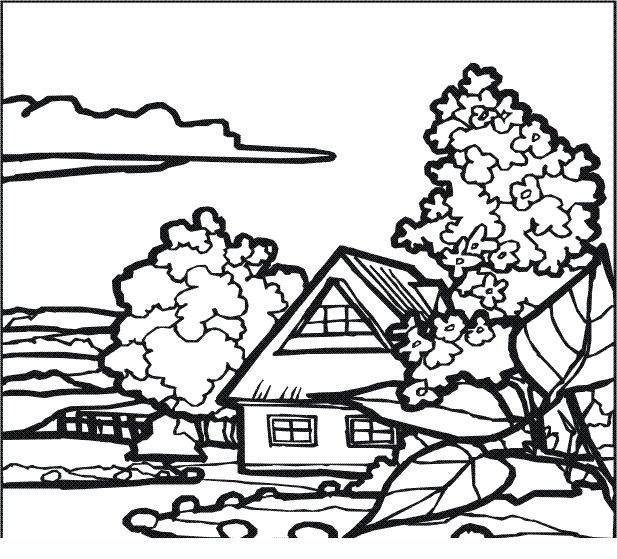
carry out analysis, highlight the main thing in the picture;
- the ability to depict space in a landscape.
- development of creative abilities when working on
the creation of an expressive artistic image;
- the formation of artistic culture, the need for
artistic creativity and in communication with art;
Personal: the student will be motivated to study this topic to understand the image of the urban landscape, in the process of reflection, the ability to conduct self-assessment;
Meta -subject (UUD): Personal: ability to determine the goal, problem in educational practical
activities; analyze the work of comrades,
correct their opinion, express their opinion in a dialogue,
argue it, evaluate their achievements in the lesson.
- organize educational cooperation and
joint activities with the teacher and peers; work
individually and in a group: find a common solution.
The idea of impressionist artists, what are the characteristic features of impressionism?
Introduction to world artistic culture, interest in artistic and creative activities;
Initial awareness of the role of beauty in human life;
Expression in one's own work of one's feelings and moods.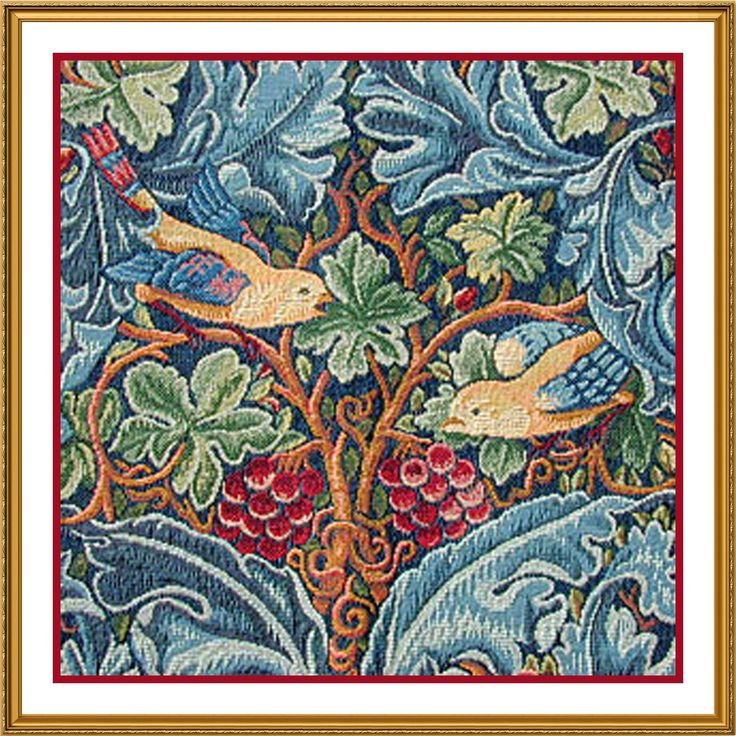
Cognitive: the student will learn to expand his ideas about art;
Orientation in ways to solve a performance problem;
Search for the necessary information using Internet resources and ICT tools.
Search for information in the textbook to choose ways to solve: search for a composition; choice of materials.
Comparing the impressions received during the perception of different types of art (literature, music).
Regulatory: the student will learn to determine the problem and the correct setting of the educational task; adequately assess their opportunities for independent activity, to acquire new knowledge. Purpose: will be able to plan its educational, cognitive and practical activity; Will be able to predict and anticipate the end result.
Communicative: he will learn to develop cooperation skills, resolution of the conflict, take part in pairs and groups, will get the opportunity to perceive various points of view, express his thoughts with sufficient completeness and clarity, formulate his point of view and defend it, and manage the behavior of a partner.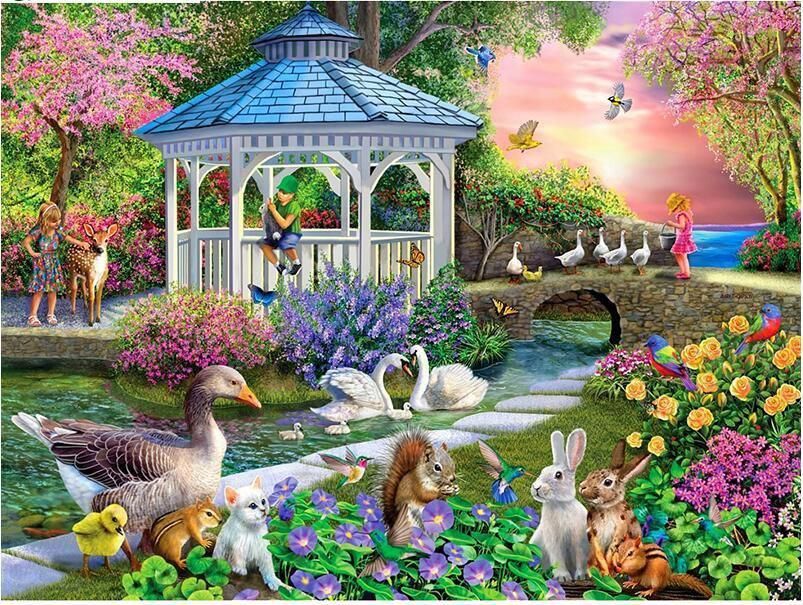
Logistics
Machinery and equipment:
Magnetic board, projector, player, teacher's manuals,
presentation, handouts
Video sequence: Video sketch “And again Mondillane…” – against the backdrop of Paris, Anna Akhmatova reads a poem about the artist. Musical sequence: Claude Debussy "Moonlight on the Terrace" - listening.
Course of the lesson
- Organizational moment (2 min)
Distribution of students into groups of 5 people, preparation for work. Listen to teachers. They sit down at their desks in groups. Prepare the workplace.
- Motivational block. Updating new knowledge. (6 min)
At the end of the 19th century, the Russian poetess A. Akhmatov and the poet N. Gumilev visited this country. What?
Let's watch a video.
Video fragment - AND AGAIN MODIGLIANS... Poetry revived (A. Akhmatova)
Indeed, our lesson will be devoted to the painting of France of the 19th century
In the last lesson, you were given a test task:
1.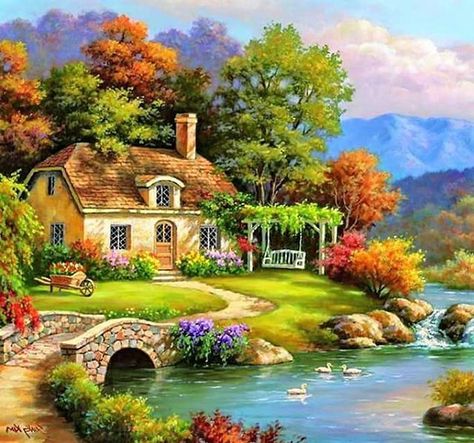 Find representatives of impressionism:
Find representatives of impressionism:
A) C. Monet;
B) P. Signac;
B) I. Shishkin.
2. A characteristic feature of impressionism is:
A) Impression;
B) Success;
C) Interest in nature.
3. In what century did this trend in painting originate
A) XVIII century;
B) 19th century;
B) XX century.
4) The homeland of the Impressionists is ...
A) Holland;
B) Spain;
C) France.
2. Find the meanings of three words on the Internet, then save these definitions and write them on the board.
Two children work on the Internet:
Pointe shoes are…
Pointillism is…
Divisionism is…
Impressionist paintings:
“Pond with water lilies”.
E. Degas “Dancers”.
C. Monet “Woman in the garden”.
- Look at the screen and name the authors of these paintings
In what direction did these artists work?
– What are the characteristics of Impressionism? (momentary, impression from what he saw.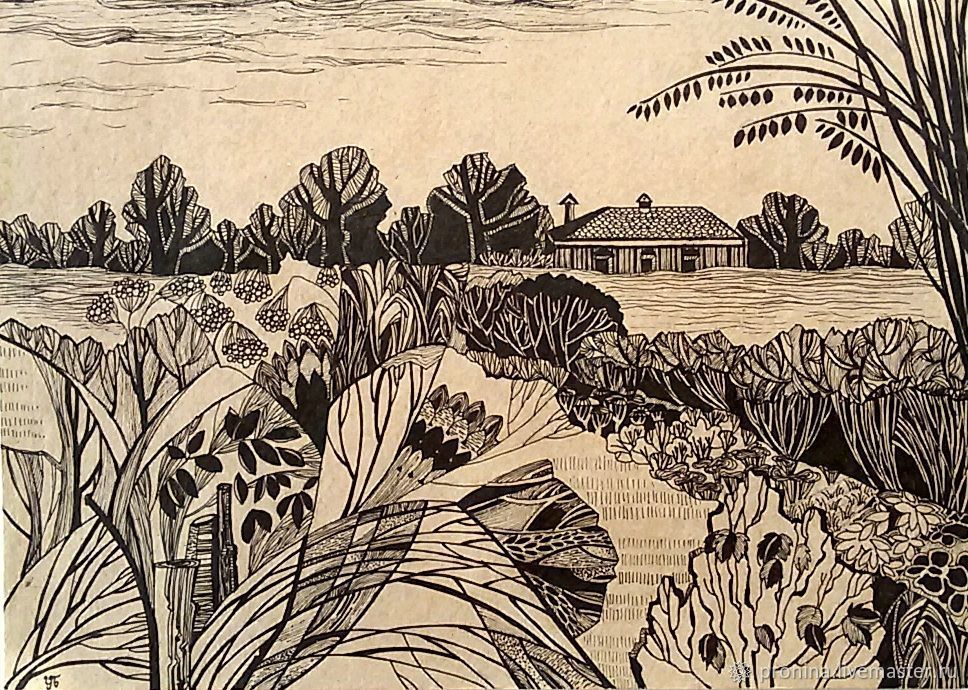 )
)
Listening to the music of Claude Debussy “Moonlight on the Terrace”.
So, we repeated the theme of impressionism
- Learning new material:
Slide 5
The teacher's story.
- Today at the lesson we will talk about the Neo-Impressionists. We will learn how to put into practice the technique of painting - pointillism.
- The prefix "neo" means new.
Slide 6
Two artists worked in this direction: J. Seurat and P. Signac.
Slide 7 - the topic of the lesson.
So, today the topic of our lesson is the urban landscape in the technique of POINTILLISM.
Pointillism is one of the most interesting and unusual trends in painting. And what does the word pointillism mean (from the French pointiller - “to write with dots”, pointillism - from the French pointel - “writing with dots”).
Pointillism, or divisionism - painting with dots. The paintings are painted with separate strokes of a regular, dotted or rectangular shape, stand close to each other, they can be round, square (an imprint of a flat brush), or slightly elongated.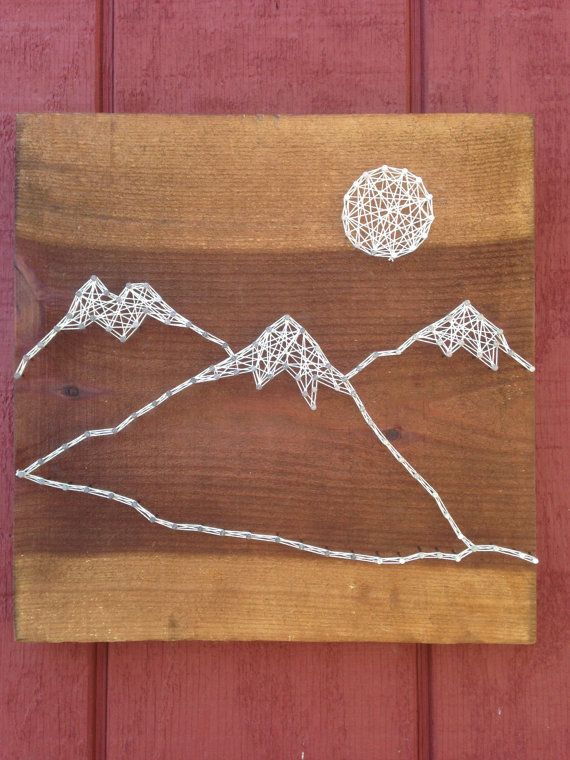 If you move away from the canvas at a distance, they will merge into a solid picture. The artists, applying pure colors to the canvas, counted on the optical mixing of colors in the eye of the viewer, and they succeeded. The goal of all pictorial experiments was to create a pictorial analogue of the light-air environment. The creative method was invented by the Frenchman Georges Seurat, the main "schismatic" of the Impressionist society.
If you move away from the canvas at a distance, they will merge into a solid picture. The artists, applying pure colors to the canvas, counted on the optical mixing of colors in the eye of the viewer, and they succeeded. The goal of all pictorial experiments was to create a pictorial analogue of the light-air environment. The creative method was invented by the Frenchman Georges Seurat, the main "schismatic" of the Impressionist society.
Let's look at the paintings of the famous artists of the founders of classical pointillism in painting by Georges Seurat: "Circus", "Ships at Sea", "Bathers in Asnières" and Paul Signac: "Harbor in Marseille", "Breakfast", "Venice, pink cloud ". Works in this technique are truly masterpieces in painting.
But in the paintings of the pointillist Paul Signac (1863-1935), the mosaic of dotted strokes acquires an energy different from the slow rhythm of Seurat's picturesque images. The strokes are either close or slightly distant from each other, creating the effect of a mass of color that seems to be born before the eyes of the viewer.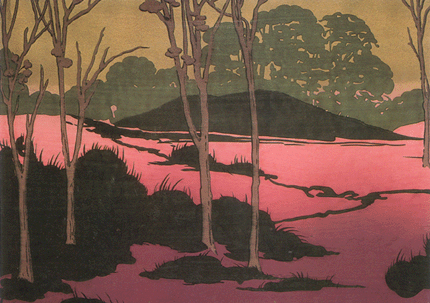 And the paintings are simply mesmerizing with their beauty and singularity.
And the paintings are simply mesmerizing with their beauty and singularity.
IV. Fixing the material.
Slide 13-16
What direction in painting have we met?
Can you name the neo-impressionist artists?
What does the prefix NEO mean?
How do pointillists paint on a sheet?
V. Transition to practical work. Emotional mood:
Like a ballerina on pointe shoes
A brush is dancing on a canvas
Bel canto-sounding colors
They will make one melody.
And mosaic picture
Suddenly come together.
And in Saint-Tropez, as if from a fog
A sailboat will appear in the port
And the face of the sad Arles lady
And the port in Marseille, and Pine
We will see as if through a prism.
So in the technique of pointillism
Signac and Georges Seurat created
And we will move today
To try our pen!
VI. Practical work:
Perform work on the development of a new method of painting - draw a city landscape using the POITILISM technique.
